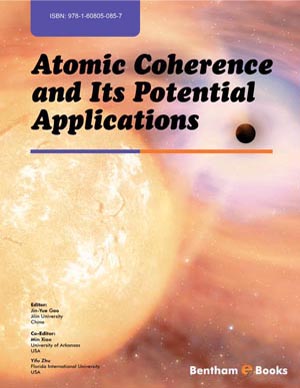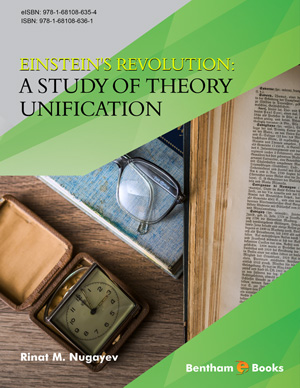Abstract
This piece of text was written as an attempt to provide a popular summary about TGD. This is of course mission impossible since TGD is something at the top of centuries of evolution which has led from Newton to standard model. This means that there is a background of highly refined conceptual thinking about Universe so that even the best computer graphics and animations fail to help. One can still try to create some inspiring impressions at least. This chapter approaches the challenge by answering the most frequently asked questions. Why TGD? How TGD could help to solve the problems of recent day theoretical physics? What are the basic princples of TGD? What are the basic guidelines in the construction of TGD?
These are examples of this kind of questions which I try to answer in using the only language that I can talk. This language is a dialect of the language used by elementary particle physicists, quantum field theorists, and other people applying modern physics. At the level of practice involves technically heavy mathematics but since it relies on very beautiful and simple basic concepts, one can do with a minimum of formulas, and reader can always to to Wikipedia if it seems that more details are needed. I hope that reader could catch the basic principles and concepts: technical details are not important. And I almost forgot: problems! TGD itself and almost every new idea in the development of TGD has been inspired by a problem.
Keywords: Second law, arrow of thermodynamical time, biological evolution, Poincare invariance, classical conservation laws, quantum measurement theory, state function reduction, non-determinism, standard model, super string models, space-time geometry, surface, imbedding space, geometrization of physics, infinite-dimensional geometry, physics and number theory, number theoretical universality, p-adic number fields, quaternions, octonions, associativity, primes, arithmetic quantum field theory, general coordinate invariance, zero energy ontology, quantum criticality, finite measurement resolution, electric magnetic duality, generalized Feynman diagram, twistor, twistor Grassmannian.








.jpg)




